Many reward programs offer round-the-world redemption sweet spots. Some of the more well-known examples are the British Airways Avios World Multi-Carrier Award and the now-retired ANA Mileage Club Round-the-World Award, which was officially sunset as of June 23, 2025.
While they aren’t as common as straightforward round-trip or one-way bookings, they usually are one of the best ways to squeeze outsized value out of your points. Another Oneworld-member airline loyalty program that offers such an option is the Cathay Pacific Asia Miles Multi-Carrier Award Chart.
While the rules may appear quite byzantine at first, once you’ve spent some time figuring it out, there is some outstanding value that can be found with the chart.
In This Post
- The Multi-Carrier Award Chart
- Some Examples
- Optimizing the Asia Miles Multi-Carrier Chart
- How to Search and Book
- Conclusion
The Multi-Carrier Award Chart
The Cathay Pacific Asia Miles Oneworld Multi-Carrier Award Chart is one of the best ways to get great value out of your Asia Miles. If you’re considering a multi-stop round-the-world trip, it’s definitely worth considering as an option.
The Asia Miles Oneworld Multi-Carrier Award Chart only applies to Asia Miles bookings of the following description:
-
The itinerary contains no Cathay Pacific flights and two Oneworld partner airlines
-
The itinerary contains at least one Cathay Pacific flight, as well as two or more Oneworld partner airlines
Any itinerary with only one Oneworld partner airline is priced according to Asia Miles’s Standard Award Chart, instead of this chart.
Meanwhile, you can’t have three or more Oneworld partners on the itinerary if you don’t also include at least one Cathay Pacific flight.
On top of that, you also cannot mix in any of Cathay’s additional non-Oneworld airline partners such as Air Canada or Aer Lingus.
One of the things you’ll soon notice when you start dabbling with Asia Miles is how unnecessarily complex it all seems. On the plus side, though, that complexity provides shelter to a rather wide array of sweet spots for those who are willing to put in the time and effort into figuring things out.
The award chart itself, as displayed on the Asia Miles website, is as follows:
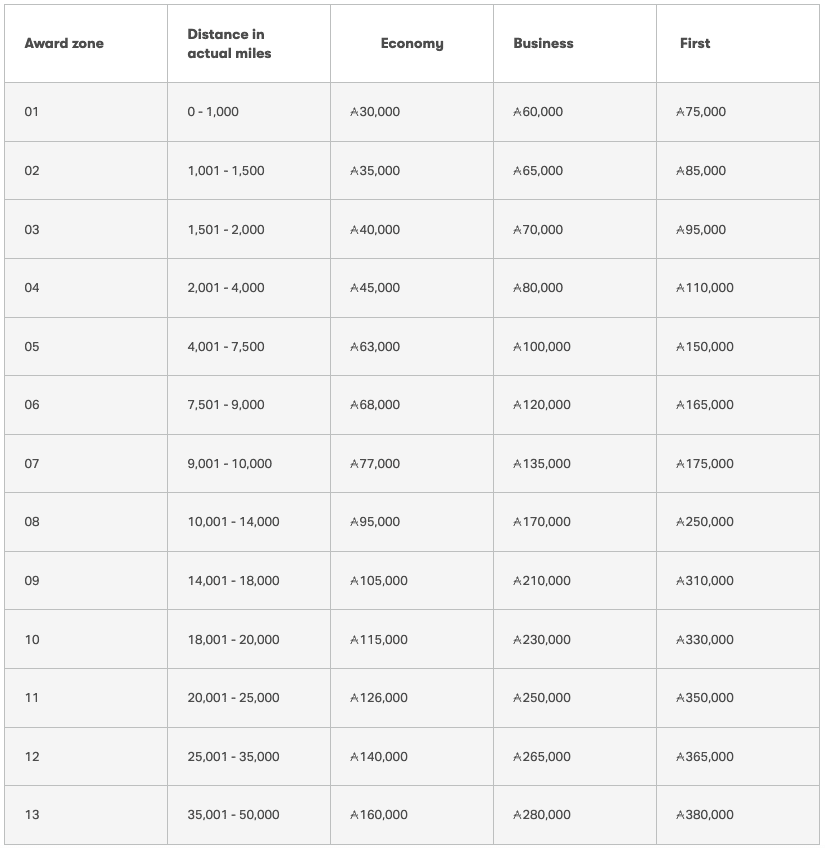
As you can see, the chart is split into 13 zones, each with a certain distance band for the total mileage of your trip. To figure out which zone your redemption falls into, you add up the distances of all the flown segments, and then look up that zone according to your chosen class of service (redemptions in premium economy are not possible under this award chart).
With this award chart, you’re allowed to have up to five stopovers of extended duration, two layovers of up to 24 hours in duration, and two open-jaws.
Needless to say, this opens up quite a very wide range of routing possibilities, especially for those of you planning an extended trip or long-term travel, allowing you to potentially include up to nine cities on your itinerary in addition to your origin.
Unlike the Avios multi-carrier chart, which can be rather ambiguous as to how the class of service is determined, the Cathay Pacific multi-carrier chart explicitly states that mixed-cabin itineraries are priced according to your highest class of service.
Therefore, if you’re redeeming for, say, a business class round-the-world ticket, it’s in your best interest to get all the segments in business class if you can.
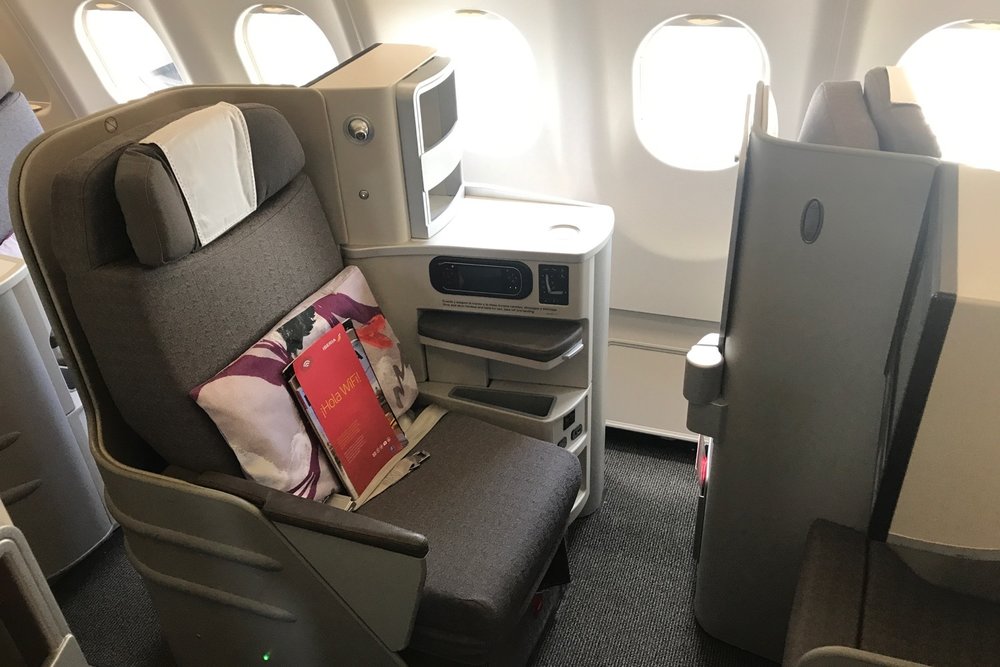
Some Examples
Five stopovers, two layovers, and two open-jaws give tremendous flexibility when planning trips to multiple destinations. Here are a couple of examples of what you can accomplish under the Asia Miles Multi-Carrier Award Chart.
1. A Tour of South East Asia

Cathay Pacific brings us from Vancouver to Seoul. Then, we’ll fly Malaysia Airlines down to Kuala Lumpur, and then down to Bali.
We’ll do an open-jaw to Ho Chi Minh City, before catching Japan Airlines back to Vancouver with another stop in Tokyo.
On this itinerary, we’ll have four cities with stopovers: Hong Kong, Seoul, Kuala Lumpur, and Tokyo. We’re combining two Oneworld airlines with Cathay Pacific cabin, so we’re eligible for the multi-carrier award chart.
The total distance clocks in at 19,150 miles, so we’ll fall into Zone 10 of the chart and pay 115,000 Asia Miles in economy class or 230,000 Asia Miles for business class.
2. Six Continents Around the World

Starting in Toronto, we’ll hop down to São Paulo with American Airlines via New York JFK. After a stopover there, we fly over to Madrid on Iberia, and then down to Algiers again on Iberia.
From there, we head to Brisbane via Doha and Hong Kong on Qatar Airways and Cathay Pacific. Lastly, we fly to Los Angeles on Qantas, before taking a road-trip through the United States and flying home from Chicago.
Choose five cities among São Paulo, Madrid, Algiers, Doha, Hong Kong, and Melbourne as your stopovers, with the odd one out being a 24-hour layover.
Again, there are Cathay Pacific flights together with a multitude of Oneworld airlines, so we’re eligible for the multi-carrier chart. The total distance comes in at 29,519 miles, which is under the Zone 12 threshold of 35,000 miles, so we’ll pay 140,000 Asia Miles in economy class or 265,000 Asia Miles in business class.
Optimizing the Asia Miles Multi-Carrier Chart
The value proposition of this award chart is clear, but what are some ways that travellers can optimize this redemption opportunity even further?
Stay Under the Threshold
Similar to the Avios multi-carrier chart, the fact that the Asia Miles chart is broken down into separate zones, each with their own upper thresholds in terms of distance flown, means that you can get outsized value by coming very close under the distance threshold, but not going over it.
This is seen in Example #1 above, where we aimed to get as close to 20,000 miles in distance flown as possible, but strove not to overshoot that limit and cross into the next distance band (which would entail a further chunk of Asia Miles that we’d need to pay).

Transfer Bonuses
Cathay Pacific Asia Miles can be transferred from American Express Membership Rewards (at a 1:0.75 ratio) and RBC Avion points (at a 1:1 ratio) We sometimes see transfer bonuses from these programs to Asia Miles, which can essentially lower the overall cost of an award booking.
For example, let’s take into account a 20% transfer bonus, and suppose you’re looking at the South East Asia journey listed above. With the conversion bonus taken into consideration, you’d need to transfer just 191,700 RBC Avion points in business class.
For those of you with large holdings in Avion points, this could be one of the most lucrative ways to use them on an unforgettable trip.
Transfer from Amex US
While the transfer ratio from American Express Canada is 1:0.75 (which is alas inferior to the 1:1 transfer ratios to Aeroplan and British Airways Avios), Amex US allows you to transfer US MR points to Asia Miles at par.
This could therefore be an excellent use of the signup bonuses you earn on Amex US credit cards.
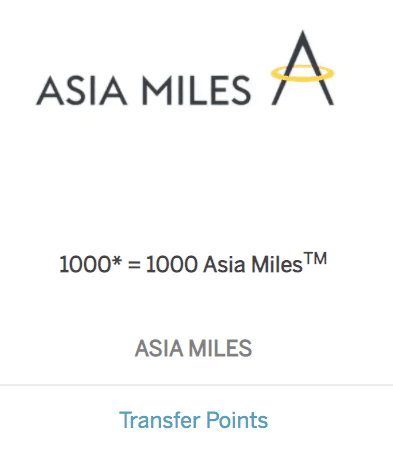
Taxes & Fees
One thing to note about Cathay Pacific Asia Miles is that it isn’t the most efficient award program in terms of taxes and fees. British Airways and Qatar Airways flights in particular seem to come with high surcharges, while the other airlines seem to have more moderate surcharges attached.
Starting in North America, be prepared to pay at least $400–500 (CAD) in additional fees for this type of redemption, and likely more.
How to Search and Book
Book these Cathay Pacific Asia Miles multi-carrier awards in the exact same way as any other complex award: do some research on the routes served by Oneworld airlines, plan out a route that fits all the rules, and then search for availability.
While ExpertFlyer is generally a great tool for searching for availability, it lacks the ability to look up award space on several Oneworld member airlines, like Cathay Pacific, Japan Airlines, or Qatar Airways.
Instead, you may want to use a website with a calendar search function to look for a specific flight. Both the Alaska Mileage Plan and American Airlines AAdvantage websites have such functions, and you’ll save a lot of time this way.

To speed things up, make sure you’re searching for direct flights between your city pairs, as this will eliminate any other connecting flights that you might not want to have.
Lastly, one downside to the Oneworld Multi-Carrier Award Chart is that you’ll need to call the Asia Miles call centre to book anything under this award chart, and Asia Miles’s call centre agents can be notoriously tricky to work with. Don’t be afraid to call a few times in order to find an agent who is familiar with the program, and make sure to do all the research beforehand so you can guide the agent through the process if necessary.
Conclusion
With the unparalleled ability to have five stopovers and two open-jaws on a single itinerary, Cathay Pacific Asia Miles’s Oneworld Multi-Carrier Award Chart can be extremely useful for those of you planning complex round-the-world trips.
While the mileage requirements are higher than what you’d find on a standard round-trip booking, the far more generous stopover and routing allowances make the “Asia Miles RTW” a highly attractive proposition, and one of many sweet spots worth looking at within the wider program.









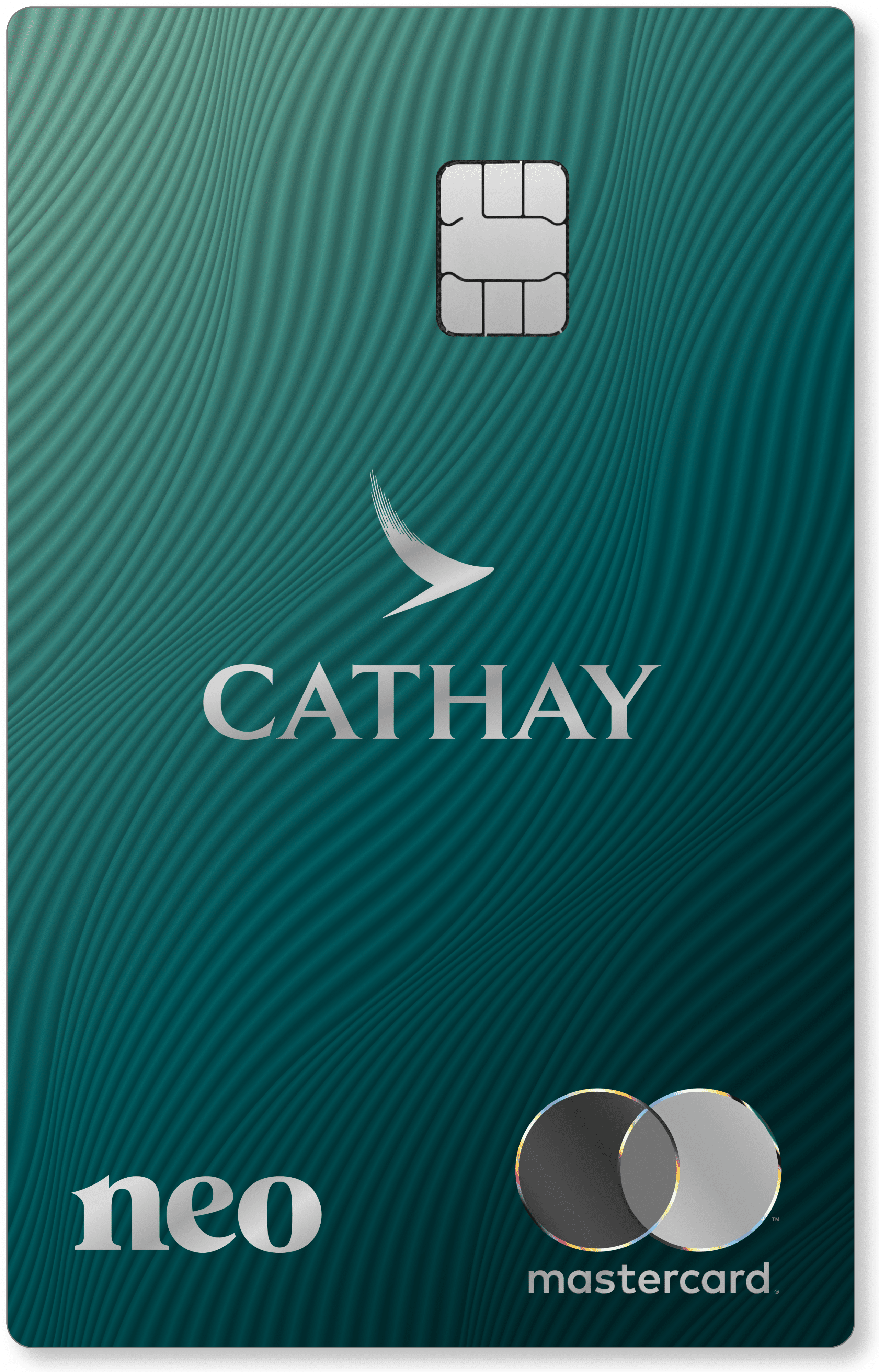





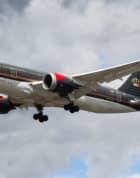



Thanks for the great read. We are looking to fly business class one way, premium economy return, from Vancouver – Bali with a layover in HK (next year around Feb-March), but it is impossible to find any availability, and navigating what the actual total cost would be, needing to call in after, etc, is becoming a nightmare. We are looking to transfer each of our 150,000 Avion points over to Asia Miles when they offer the yearly transfer bonus.